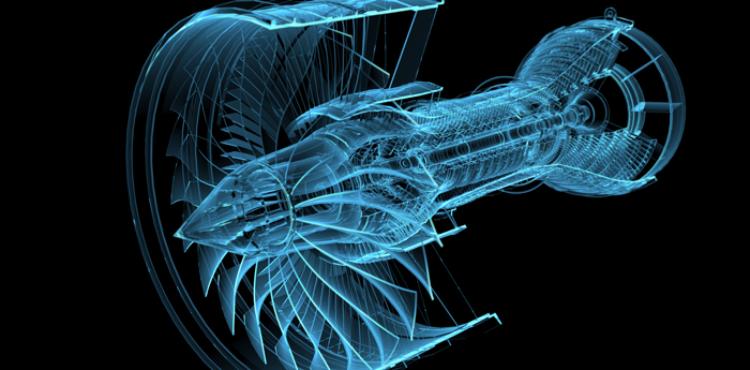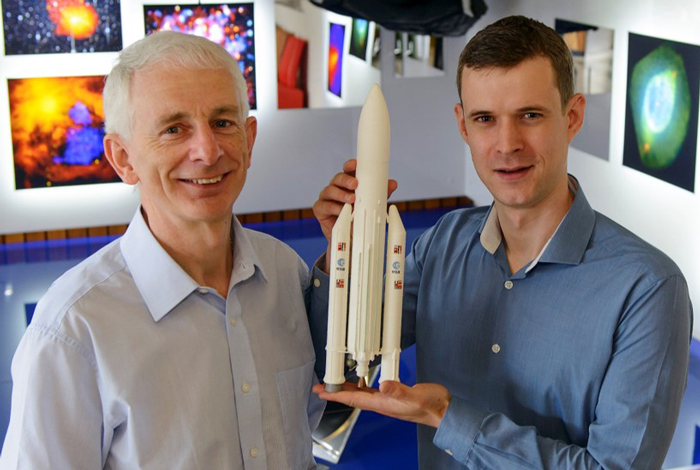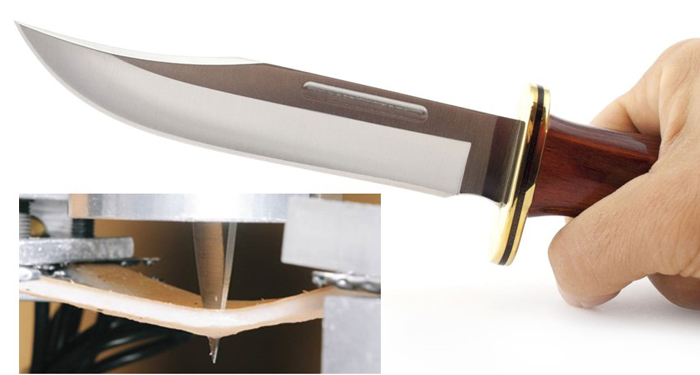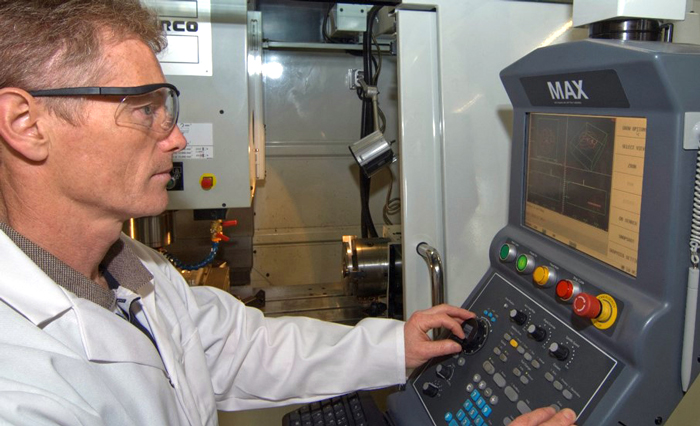(opens in a new window)I-Form is the Science Foundation Ireland (SFI) Research Centre for Advanced Manufacturing. The Centre’s mission is to shape the future of manufacturing through high-impact research into the application of digital technologies to materials processing.
(opens in a new window)I-Form is funded under the SFI Centres programme, which has established a network of Centres, focusing on key research priorities for Ireland. By partnering with 7 academic institutions across Ireland, (opens in a new window)I-Form brings together a nationwide pool of expertise in materials science, engineering, data analytics and cognitive computing. I-Form’s research expertise involves a team of over 150 multi-disciplinary academics and researchers. The Centre is actively engaged across a range of different materials processing technologies, with a particular focus on Additive Manufacturing (3D printing).
(opens in a new window)I-Form works in close collaboration with industry to deliver a step-change in competitiveness for Irish manufacturing using customised digital tools. We partner with start-ups, SMEs, and large enterprises to advance the low-cost, low-risk design of new products and the manufacture of high-value components exhibiting enhanced material performance, while reducing processing times and achieving improved process reliability.
.jpg)







